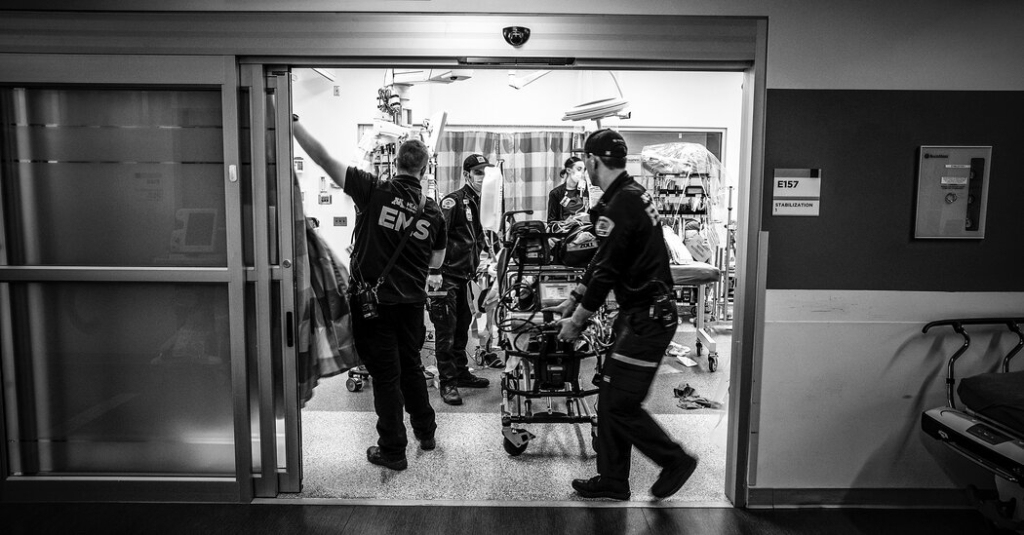
As an emergency doctor, I know that it’s incredibly rare for standard resuscitation protocols including CPR to revive patients brought to the hospital in cardiac arrest. Even in that setting, with all the available staff, equipment and drugs, if patients have not been resuscitated successfully within 40 minutes from the moment they first collapsed, their chances of survival after that are essentially nil.
But patients with certain types of cardiac arrest who are treated with a new procedure, called ECPR, have a nearly 100 percent chance of being revived, with their brain function intact, if treatment is administered within 30 minutes of collapse. Even if the intervention is delivered after 40 minutes, there is still a 50 percent chance of revival. Survival rates after cardiac arrest have hardly improved in decades, so when I heard about these statistics from one program in Minnesota, I was very eager to visit it.
Here is what to know about ECPR and its availability.
ECPR involves a lot more expertise and technology.
CPR stands for cardiopulmonary resuscitation. When a person collapses and is found to have no pulse, bystanders carry out CPR by doing chest compressions while waiting for professional help to arrive. If an automated defibrillator is available, using it to shock the heart with electricity may force it to beat again. In the E.R., doctors will continue with chest compressions and administer other standard resuscitation measures. These can include inserting a breathing tube, administering medications and possibly shocking the patient again.
But now a small number of hospitals are trying a new approach. Patients who are in cardiac arrest — meaning they have no pulse and are not breathing — can be connected to an ECMO machine, which then takes over the work of their heart and lungs. When this high-tech treatment is used during cardiac arrest, the intervention is called ECPR.
ECPR by itself does not cure anything. But by providing fresh blood flow to the brain and other organs, it enables the body to rest while giving doctors time to fix the underlying problem, if it’s fixable. Patients whose hearts are in a rhythm conducive to being shocked with a defibrillator fare much better, because they usually have a treatable cause behind their cardiac arrest.
Timing is everything.
For ECPR to have a chance at saving a person’s life, it must be started soon after a person suffers cardiac arrest, to keep the brain well perfused with oxygen. The most common reason people still die eventually, even after getting the treatment, is that their brains fail to recover from the initial reduction in blood flow.













